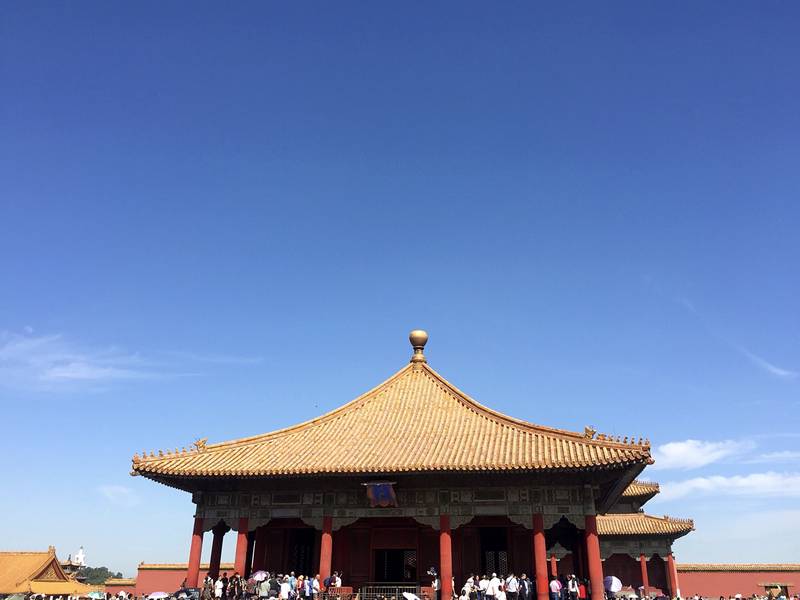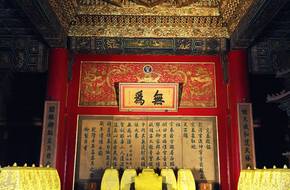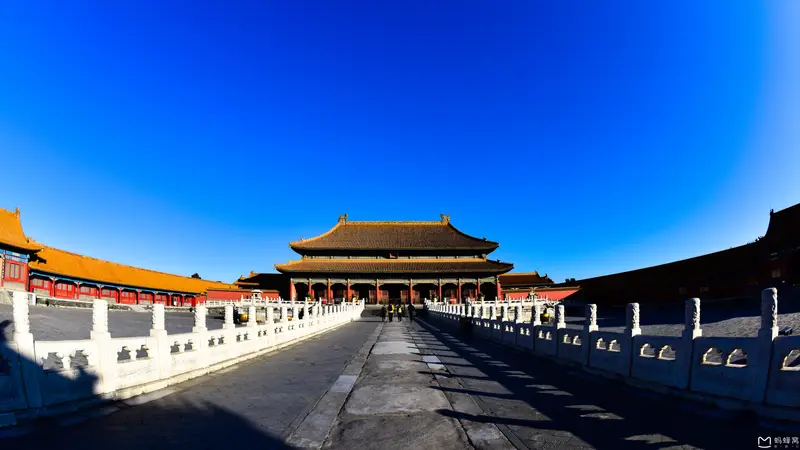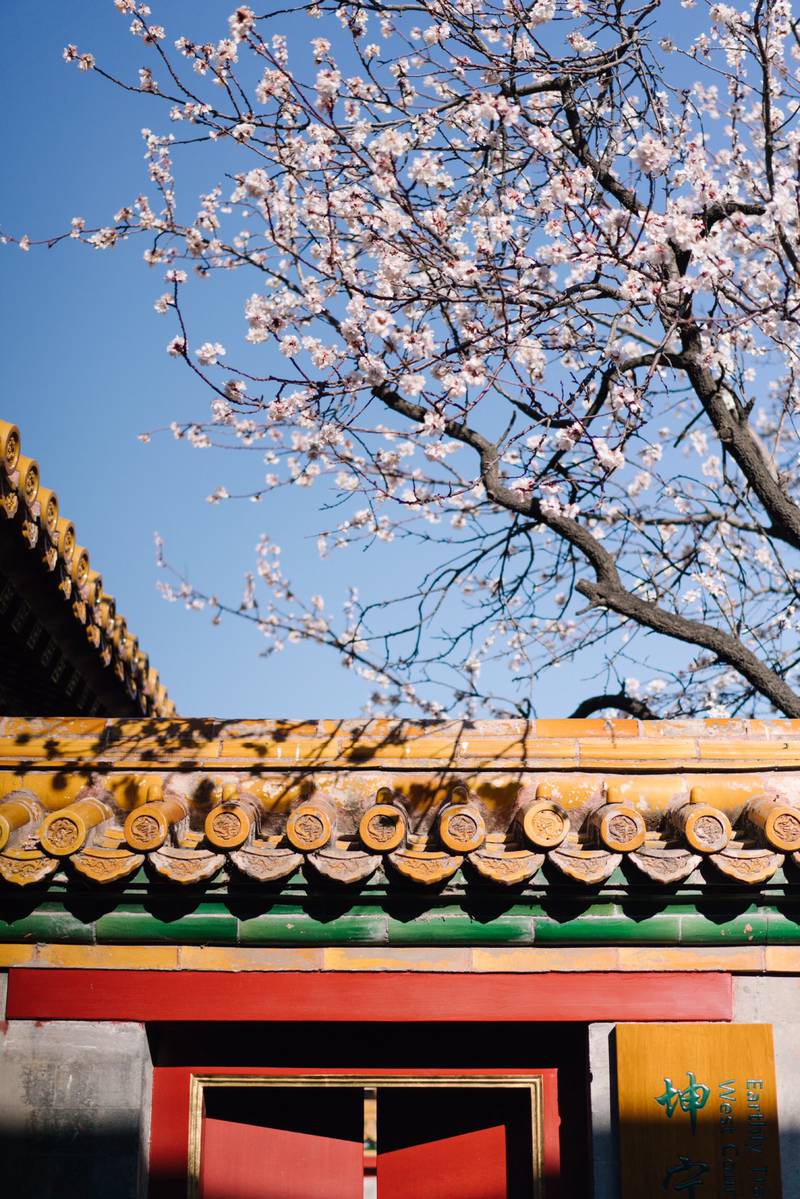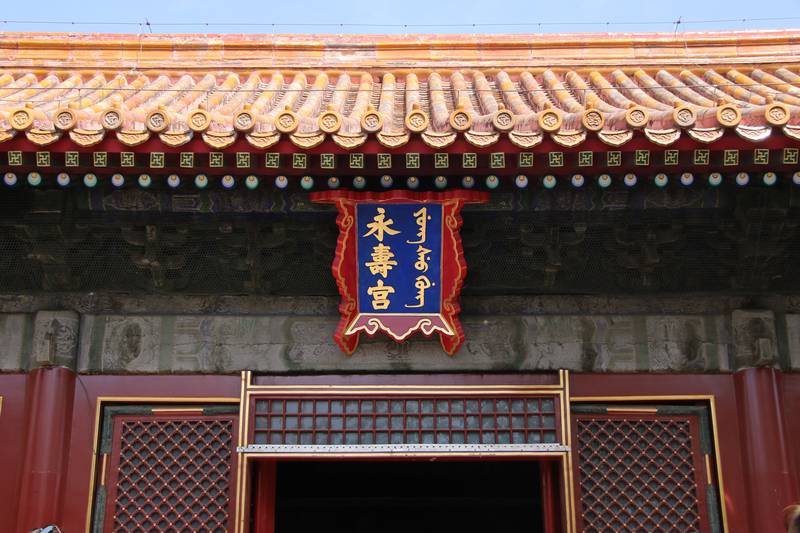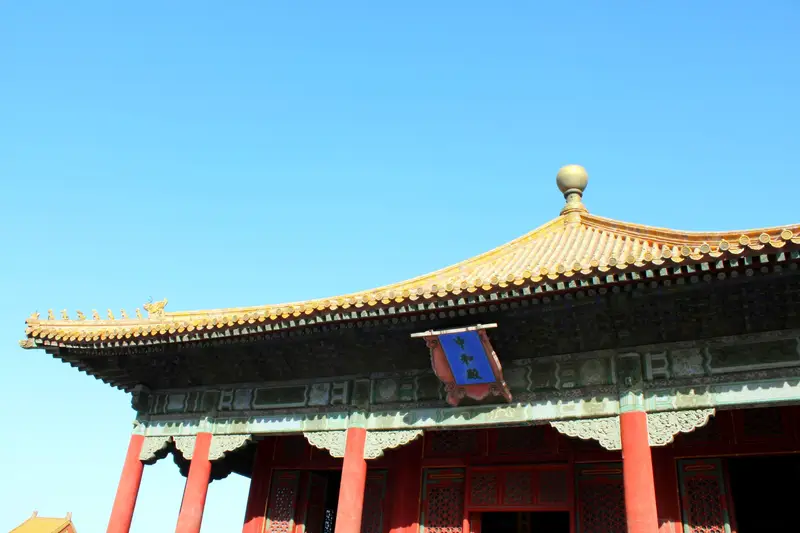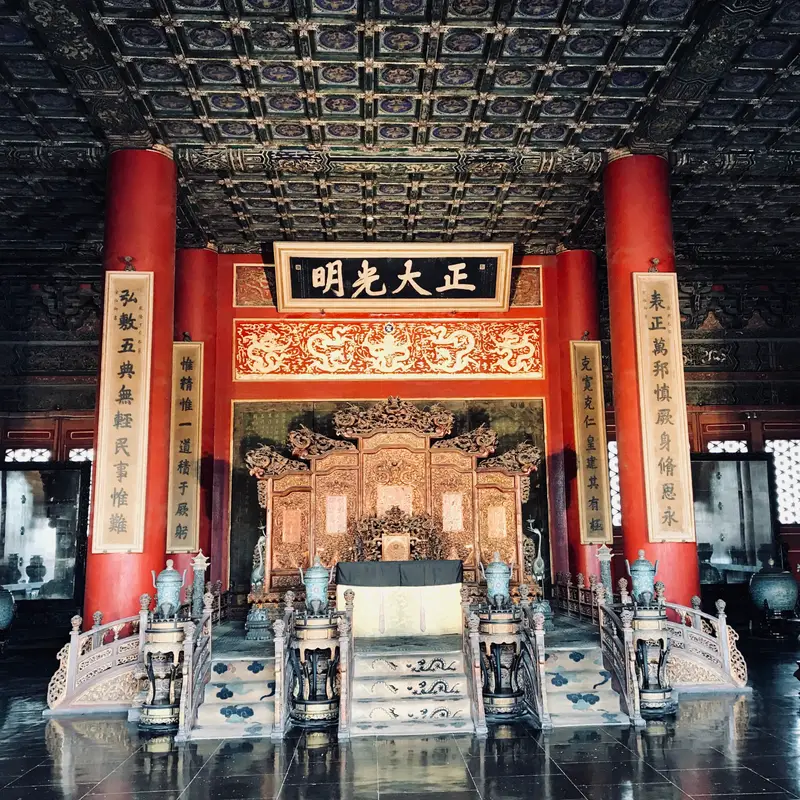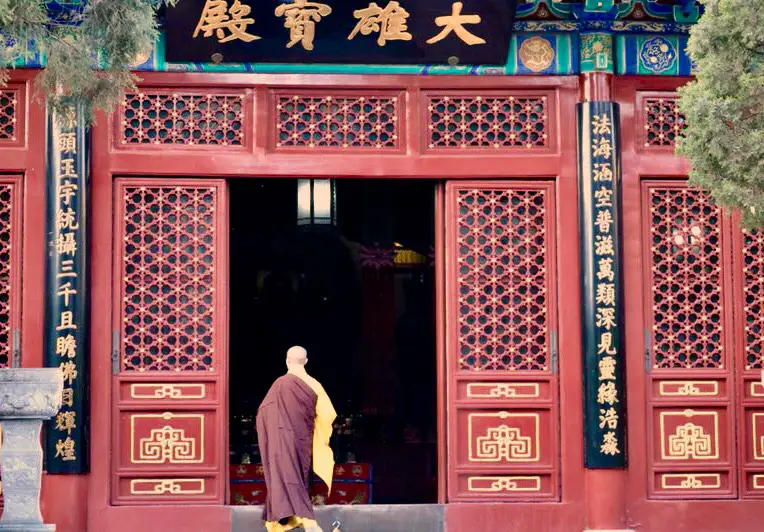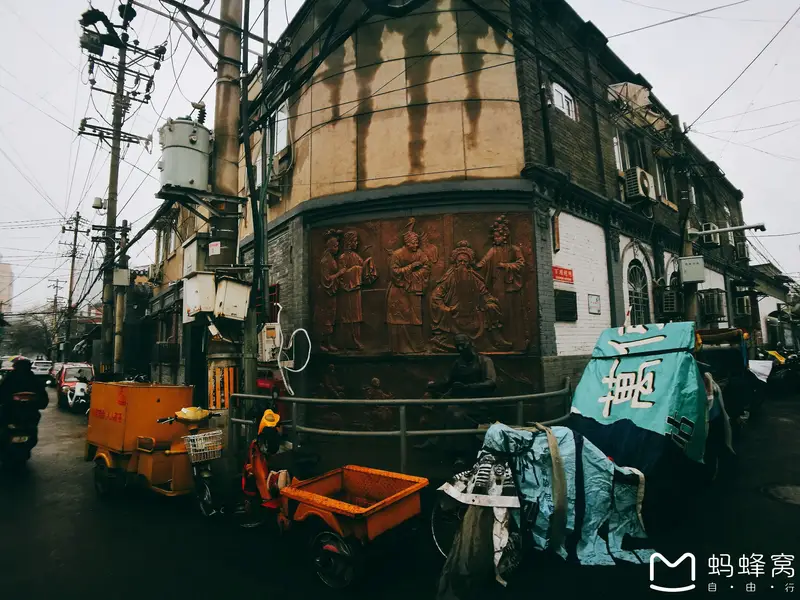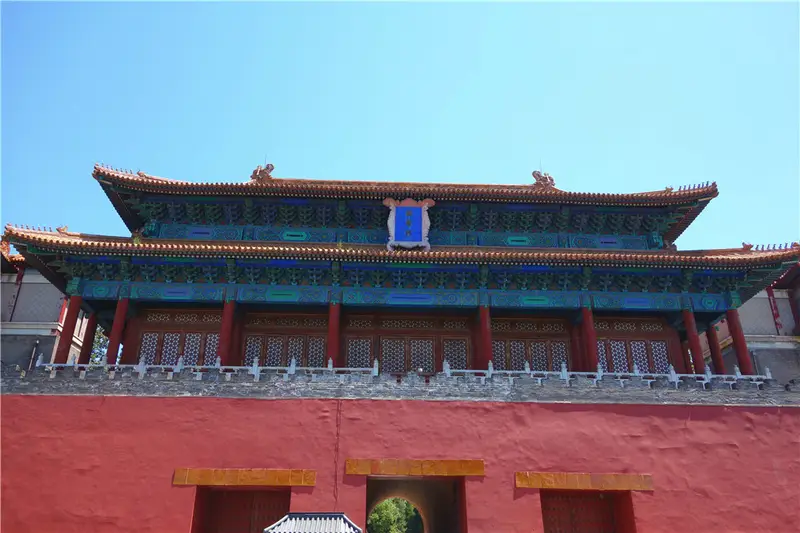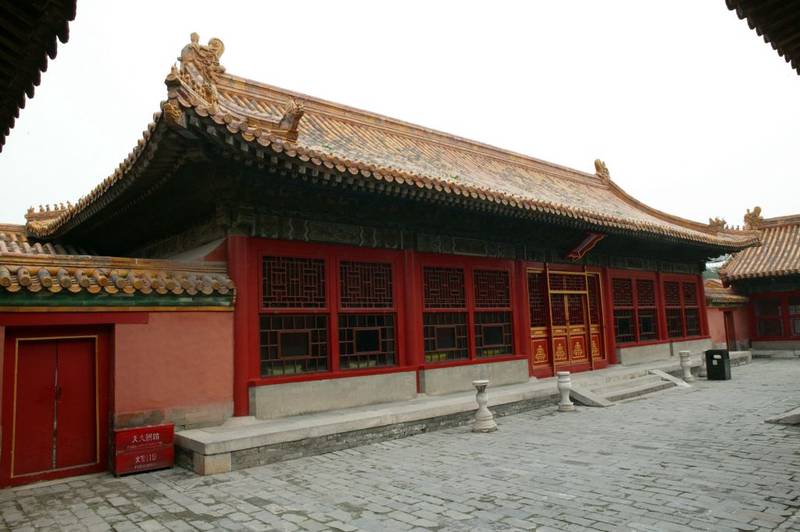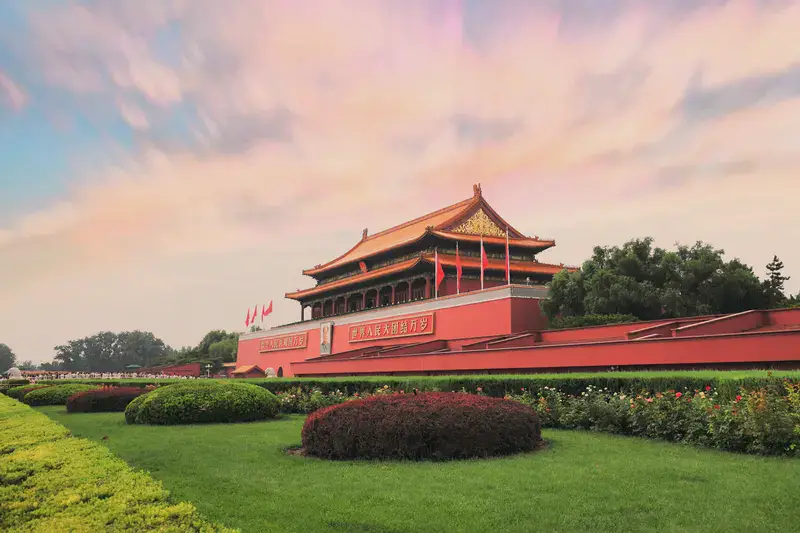Location & How to Get There
The Palace of Heavenly Purity sits at the heart of the Forbidden City in Beijing, tucked within the Forbidden City Museum (address: No. 4 Jingshan Front Street, Dongcheng District). To reach it, take the subway to Tiananmen East Station (Line 1) or Qianmen Station (Line 2). From there, walk through the iconic Meridian Gate and follow the central axis—you’ll pass the Hall of Supreme Harmony and Hall of Central Harmony before arriving at this hidden gem.
Natural Scenery & Architecture
Though the Palace of Heavenly Purity isn’t surrounded by flashy gardens, its charm lies in its simplicity. The roof features bright yellow glazed tiles, and intricate wooden carvings decorate the walls. During spring or autumn, sunlight filters through the courtyard, casting a warm glow on the palace’s red walls. Unlike sprawling temples, this small hall feels intimate—perfect for catching your breath between exploring the vast Forbidden City.
Cultural Highlights
The Palace of Heavenly Purity is a treasure trove of history. At its center hangs a plaque inscribed with “Wu Wei” (Non-Action), written by the Kangxi Emperor of the Qing Dynasty. Behind the throne, a giant screen displays the “Inscription of the Palace of Heavenly Purity” calligraphed by the Qianlong Emperor. These artworks reflect ancient Chinese philosophy, emphasizing harmony and natural order.
In the east chamber, you’ll find a clepsydra (water clock) made of bronze—an old-school timekeeper used during the Qing Dynasty. Though it’s been retired since Qianlong’s reign, its intricate design still impresses visitors. Nearby stands a 6-meter-tall self-striking clock, built in 1524 during the Ming Dynasty. This massive clock is China’s oldest surviving mechanical timepiece and a testament to ingenuity.
One of the quirkiest exhibits is a cast-iron plaque decreed by the Shunzhi Emperor. It reads, “Civilians Banned from Politics”, a rule meant to limit royal women’s influence. Today, the plaque remains displayed here as a reminder of palace hierarchy.
Facilities for Visitors
Inside the Forbidden City Museum, you’ll find plenty of amenities. Free audio guides are available (rent a headset for deeper insights), and restrooms are located near major halls. The museum also has cafés and souvenir shops, though the Palace of Heavenly Purity itself is more about quiet reflection than commercial buzz. Be prepared for crowds—visit early or late in the day for a calmer experience.
Visiting Experience
Wandering through the Palace of Heavenly Purity feels like stepping into a living history book. The compact space lets you soak in details most tourists rush past. Don’t miss peering into the clepsydra’s water channels or snapping a photo with the towering clock. If you’re curious about royal rules, hunt for the iron plaque (it’s easy to spot!) and imagine the dynasty’s strict protocols.
For a full day, combine this stop with the nearby Hall of Preserving Harmony and Imperial Garden. The Palace of Heavenly Purity takes just 15–20 minutes to explore, but its stories linger long after you leave.
Tip: Guides often share fun facts here—like how emperors avoided the “no politics” plaque by sneaking orders through eunuchs. Ask a tour guide if you’re curious!


